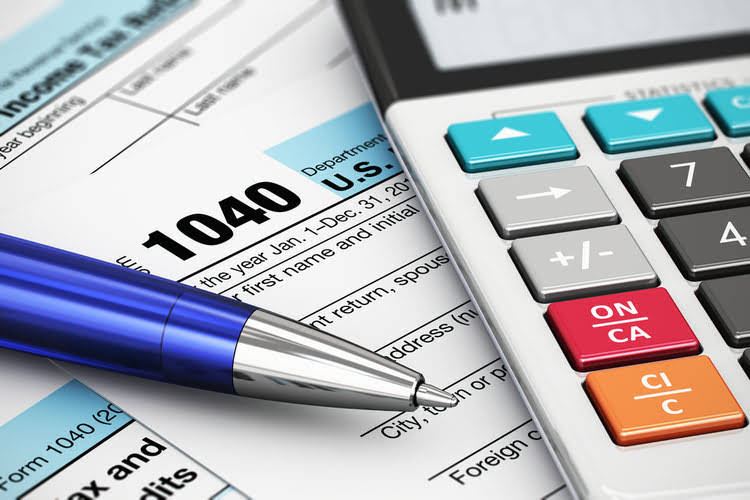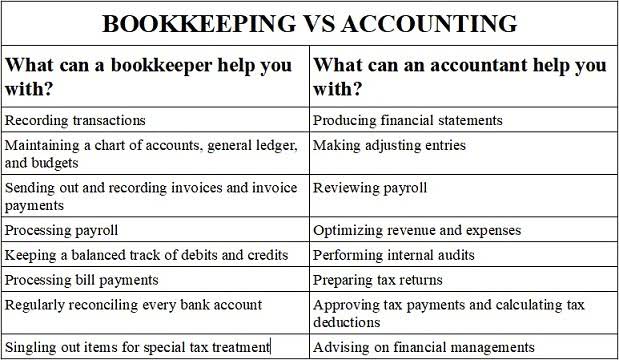Bookkeeping
Debits and Credits Chart

The normal balance is the expected balance each account type maintains, which is the side that increases. Table 3.1 shows the normal balances and increases for each account type. In budgeting and forecasting, normal balances serve as a guide for predicting normal balance of accounts list future financial transactions and their impact on a company’s financial statements. When creating a budget, accountants project the expected debits and credits for each account, based on historical data and anticipated business activities.
- Below is a basic example of a debit and credit journal entry within a general ledger.
- Because of the impact on Equity (it increases), we assign a Normal Credit Balance.
- Conservatism states that if there is uncertainty in a potential financial estimate, a company should err on the side of caution and report the most conservative amount.
- Changes – It’s inevitable that you will need to add accounts to your chart in the future, but don’t drastically change the numbering structure and total number of accounts in the future.
- Remember, the normal balance is the side (debit or credit) that increases the account.
A contra account is an optional accounting tool you can use d to improve the accuracy of financial statements. This type of chart lists all of the important accounts in a company, along with their normal balance. A glance at an accounting chart can give you a snapshot of a company’s financial health.
GAAP, IFRS, and the Conceptual Framework
For instance, debiting an asset account signifies an increase, whereas debiting a liability account indicates a decrease. Understanding this duality is essential for maintaining the equilibrium of the accounting equation, which is the cornerstone of financial accounting. We’ve covered debits, credits, the basic accounting equation and accounts but we need to go further into accounts.
In reality, however, any account can have either a debit or credit balance. In accounting, each transaction you record is categorized according to its account and subaccount to help keep your books organized. These accounts and subaccounts are located in the COA, along with their balances. Below is a basic example of a debit and credit journal entry within a general ledger. We define an asset to be a resource that a company owns that has an economic value. We also know that the employment activities performed by an employee of a company are considered an expense, in this case a salary expense.
Role of Normal Balances in Financial Statements
A ‘debit’ entry is typically made on the left side of an account, while a ‘credit’ entry is recorded on the right. And finally, asset accounts will typically have a positive balance, since these represent the company’s valuable resources. If you don’t leave gaps in between each number, you won’t be able to add new accounts in the right order. For example, assume your cash account is and your accounts receivable account is 1-002, now you want to add a petty cash account.
These statements are discussed in detail in Introduction to Financial Statements. This chapter explains the relationship between financial statements and several steps in the accounting process. We go into much more detail in The Adjustment Process and Completing the Accounting Cycle. Asset, liability and equity accounts are generally listed first in a COA.
Using the Normal Balance
For example, if a company has $100 in Accounts Receivable and $50 in Accounts Receivable Offset (a contra asset account), then the net amount reported on the Balance Sheet would be $50. The account is debited when expenses are incurred and credited when payments are made. By contrast, a company in financial trouble will often have more liabilities than assets. On the other hand, the accounts payable account will usually have a negative balance.

These are used to generate the balance sheet, which conveys the business’s financial health at that point in time and whether or not it owes money. Revenue and expense accounts are listed next and make up the income statement, which provides insight into a business’s profitability over time. Knowing the normal balances of accounts is pivotal for recording transactions correctly. It aids in maintaining accurate financial records and statements that mirror the true financial position of your business. Misunderstanding normal balances could lead to errors in your accounting records, which could misrepresent your business’s financial health and misinform decision-making. Understanding the normal balance of an account is essential for maintaining accurate financial records and preparing financial statements.
Tracking Changes in Equity
Under the accrual basis of accounting, the Service Revenues account reports the fees earned by a company during the time period indicated in the heading of the income statement. Service Revenues include work completed whether or not it was billed. Service Revenues is an operating revenue account and will appear at the beginning of the company’s income statement. Revenues and gains are recorded in accounts such as Sales, Service Revenues, Interest Revenues (or Interest Income), and Gain on Sale of Assets. These accounts normally have credit balances that are increased with a credit entry.
